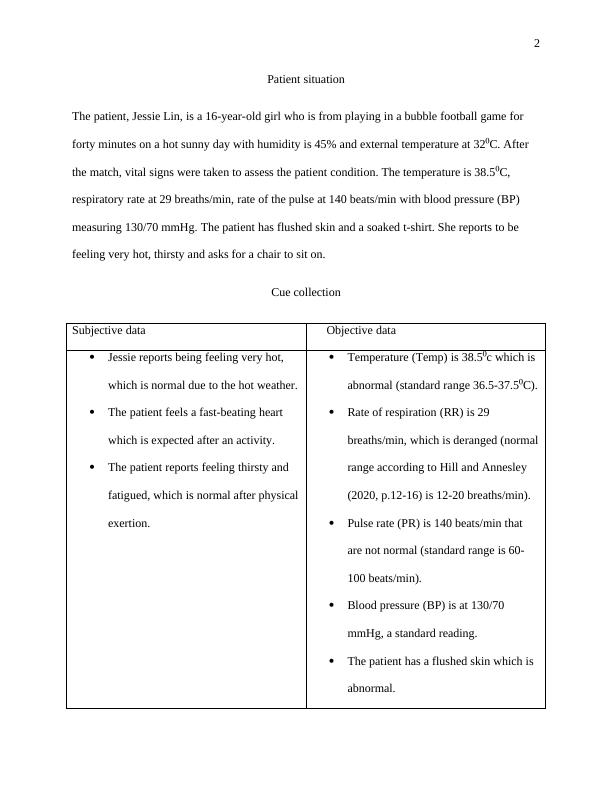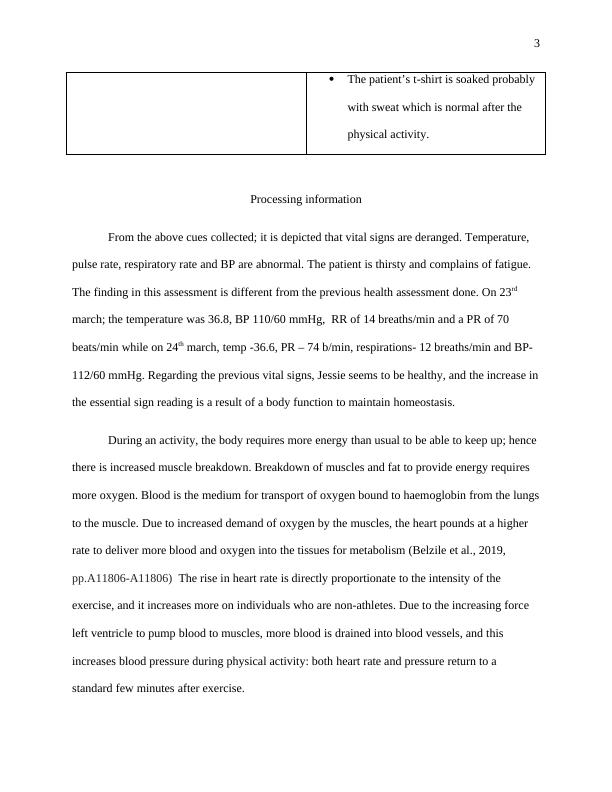Patient Health Assessment Project Report
This guide explains the Harvard referencing style and its importance in essays and reports.
7 Pages1554 Words55 Views
Added on 2022-07-28
About This Document
Clinical Reasoning Report 1000 words please find attached file for all the detailed information and also a guide to Harvard referencing style. Scholarly sources of information.
Patient Health Assessment Project Report
This guide explains the Harvard referencing style and its importance in essays and reports.
Added on 2022-07-28
ShareRelated Documents
End of preview
Want to access all the pages? Upload your documents or become a member.
Clinical Reasoning: Analysis and Interpretation of Cues
|7
|1245
|78
Clinical Reasoning Report
|7
|1490
|492
Clinical Judgement And Reasoning Report 2022
|9
|2456
|28
Case Study of Mrs. Eleano Hale with Pneumonia and Cardiovascular Issues
|10
|2322
|320
Clinical Reasoning Assignment
|8
|1698
|23
Nursing Case Study Analysis | Report
|11
|2938
|32



